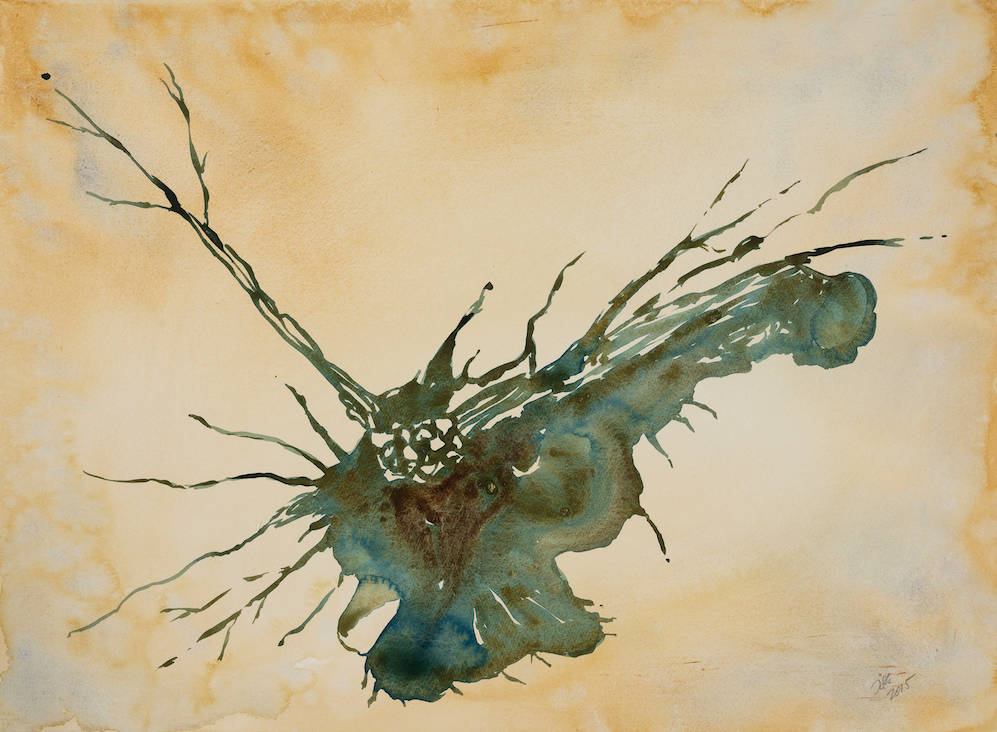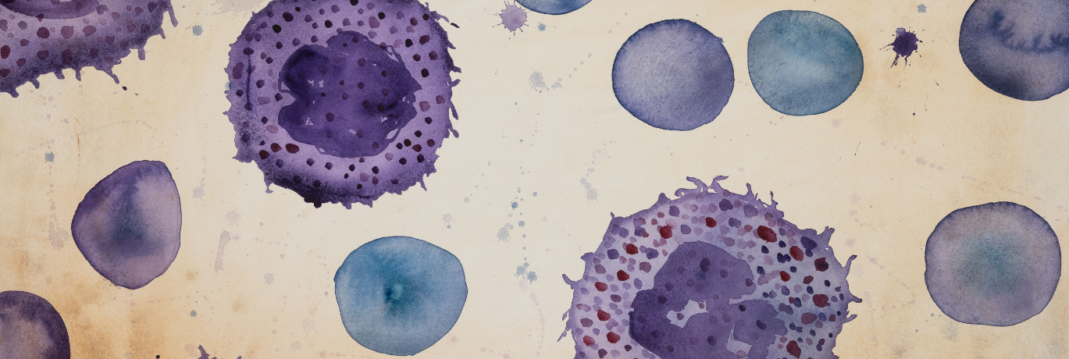Cancer cells

Biorelevant culture of cancer stem cells on Biolaminin substrates
Cancer cells use laminin/integrin signaling pathways that promote tumor cell growth, invasion, and metastasis
During the past decades, many studies have provided evidence for the role of laminin-binding integrins in tumorigenesis, both tumor-promoting and suppressive activities. As a major component of the basement membrane that forms the stem cell niche (Rodin, 2014) and because of the central role in the regulation of cancer stem cells (Qin, 2016), laminin/integrin-mediated interactions are of high therapeutic interest in cancer treatment (Rabinovitz & Mercurio, 1997; Berg, 2016). Cancer stem cells (CSCs) represent a subset of tumor cells that typically exhibit the ability to self-renewal and often have multi-potent capabilities. The expression of various laminin subunits in the tumor microenvironment surrounding the CSCs subpopulation has been demonstrated to serve as a niche for CSCs and contribute to tumor progression (Qin, 2016).
A prominent role for laminin in the cancer stem cell niche
Laminin-332 has been shown to be a molecular marker for cells with invasive properties and correlated with poor prognosis (Kang, 2013; Rani, 2013). Laminin-332 is known to support the stable anchoring of basal keratinocytes to the epidermal basement membrane via hemidesmosomes components and the α6β4 integrin (Ghohestani, 2001; Litjens, 2006; Nishiuchi, 2006). However, laminin-332 is also an important motility factor for wound healing as well as for melanoma cancer invasion (Kariya, 2012). Prostate cancer cells have also been shown to bind to laminin-332 via integrin α6β4 which activates signaling pathways promoting tumor cell growth, invasion, and metastasis (Berg, 2016). Govaere and co-workers identified a prominent role for laminin-332 as part of the stem cell nice in human hepatic tumors where laminin-332 promotes stemness and protects the hepatic cancer cells against chemotherapy (Govaere, 2015).
Chang et al. showed that breast cancer stem cells produce alpha-5 laminins (laminin-521 and laminin-511) that promotes self-renewal and tumor initiation via α6β1 integrin interaction and activation of the Hippo transducer TAZ. TAZ also regulates the transcription of alpha-5 laminin, establishing a positive feedback loop that contributes to stemness in breast cancer (Chang, 2014). In Fennewald et al. 2012 the authors showed that head and neck squamous cell carcinoma cell lines bind to laminin-511 under lymphodynamic low shear stress (consistent with lymph flow), mediated by β1 integrins interactions.
A publication by Kaemmerer et al. shows that ovarian cancer cells cultured GelMA/laminin-411 spheroids result in higher reproducibility, less complexity, and better comparability between different groups than traditional cell monolayer (Kaemmerer, 2014).
In a publication in Nature Cancer (Ganesh, 2020) the authors show that L1CAM+ cells in human colorectal cancer (CRC) have metastasis-initiating capacity, and they define their relationship to tissue regeneration. They confirmed that L1CAM bound heterophilically to laminins known to be expressed in the intestinal and endothelial cell basement membranes in addition to exhibiting homophilic interaction with L1CAM itself. L1CAM knockdown inhibited the ability of CRC organoid-derived cells to bind to laminin-coated plates. Together, these data suggest that L1CAM enables the adhesion of metastasis-initiating cells to laminin-rich basement membranes, which is required for metastasis and organoid growth. Qin et al. (2020) described how basement membrane proteins contribute to tumor progression towards the metastatic stage. The authors show that laminin-521 (LN521) promotes colorectal cancer (CRC) cell self-renewal and invasion. They show that laminin expression is a frequent feature of metastatic dissemination in CRC and promotes cell invasion and self-renewal, the latter through the engagement of integrin isoforms and activation of STAT3 signaling.
Biolaminin 521 provides good support for the culture of various neural tumor cells
Biolaminin 521 (LN521) has been shown to provide good support for the culture of various neural cancer cells, such as neuroblastoma, glioblastoma, and medulloblastoma cells. In a publication by Ma et al., the authors showed that alpha-4 and alpha-5 laminins have specific effects in promoting the stemness of glioma cells, both at gene and protein expression levels. When cultured in a 3D context, U251 glioblastoma cells showed enhanced clonogenicity on Biolaminin 521, 511, 421, and 411, and a substantial upregulation of integrin 64 (Ma et al., 2016). Gene expression analyses of different neuroblastoma cell lines showed high gene expression of alpha-5 and alpha-4, beta-1, and beta-2 laminin chains, indicating that these cells produce laminin 521, 511, 411, and 421. Preliminary data suggest that LN521 even supports the culture of medulloblastoma cells which are otherwise difficult to maintain in vitro.
Succeed with your application
-
Application note 012: Cancer stem cell culture on Biolaminin substrates
Give cancer cells parts of their real microenvironment for more accurate conclusions
Open pdf -
Instructions 001: Coating with Biolaminin substrates
Protocol and concentration calculations for coating cultureware with Biolaminin
Open pdf
Biolaminin Key Advantages
Signaling via laminins affect by both promoting and suppressing cancer. Laminin 332 has a significant role as part of the stem cell niche in e.g. human hepatic tumors and prostate cancer, and has been shown to be a molecular marker for cells with invasive properties.
Biolaminin 521 provides a good support for the culture of various cancer cells, such as neuroblastoma, glioblastoma and medulloblastoma cells. Laminin-521 have specific effects in promoting the stemness of glioma cells, both at gene and protein expression level.
Specific laminin isoforms are present in different tissue microenvironments and are essential for cell survival, proliferation, and differentiation. Biolaminin products allow you to imitate the natural cell-matrix interactions in vitro.
Our products have consistent composition and quality. This enables minimized variability between experiments and uniform pluripotency gene expression profiles between different cell lines.
All our matrices are chemically defined and animal origin-free, which makes them ideal substrates for each level of the scientific process – from basic research to clinical applications.
Numerous scientists have found our products and finally succeeded in their specific stem cell application. The power of full-length laminins incorporated into various cell systems is well documented in scientific articles and clinical trials.
Recommended products
-

Biolaminin 521 LN (LN521)
Human recombinant laminin 521
Biolaminin 521 LN is the natural laminin for pluripotent stem cells and therefore reliably facilitates self-renewal of human ES and iPS cells in a chemically defined, feeder-free and animal origin-free stem cell culture system. LN521 is animal origin-free to the primary level.View product -

Biolaminin 332 LN (LN332)
Human recombinant laminin 332
Biolaminin 332 supports cells in epithelial basement membranes, lining surfaces of the body such as the skin, hair follicles, oral cavity, gastrointestinal and urinary tract, lungs, and different glands.View product

Talk to our team for customized support
We are here to help you in your journey.